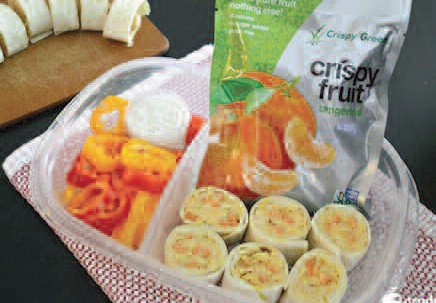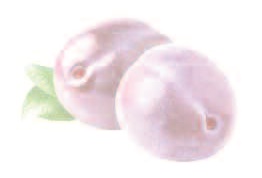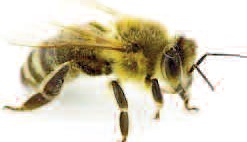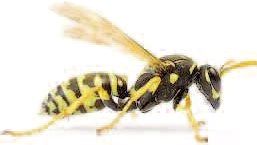In competition, how important is the judge?
 TRAINING YOUR PERFORMANCE DOG
TRAINING YOUR PERFORMANCE DOG
by Carolyn Fuhrer
When you enter an event with your dog, you are actually asking the judge to evaluate your performance according to the standards of the venue. Some people would say if my dog can do everything, it really doesn’t matter who the judge is. This is not necessarily so. The less experienced you are, the more influence a judge may have on your performance.
An obedience judge is responsible for ring set ups – where the exercises will take place and the heeling pattern. Set ups close to the ring entrance, recalls towards the ring entrance, set ups with a lot of distractions behind the dog, can all complicate simple exercises. While you should practice with distractions before you show, a good judge will do their best to make the ring dog and handler friendly.
The efficiency and energy of the judge also sets a tone that you and your dog react to – basically, if you are comfortable, your dog will be comfortable. While judges should expect you to take your performance seriously and to know the rules and ring procedure, it is important to never lose your sense of humor. Things happen; and remember, there is always another show.
 Good judges work hard to make the best of the situations they are given. Rally judges design the course using the signs and guidelines appropriate to the level. Some like courses with lots of sits and fronts. Other judges prefer flowing, open courses. Some look more at precision while others focus more on teamwork. Both courses can be legal, but reflect a different style.
Good judges work hard to make the best of the situations they are given. Rally judges design the course using the signs and guidelines appropriate to the level. Some like courses with lots of sits and fronts. Other judges prefer flowing, open courses. Some look more at precision while others focus more on teamwork. Both courses can be legal, but reflect a different style.
In agility, the judge’s skill at design is also very important because they actually design the course. While, of course there are guidelines to designing a course, a judge’s influence in course design, i.e. angle of approach, tight turns, how the course flows – can all influence your dog’s performance. Some judges are influenced by the type of dog they are running and what kind of course they like, so sometimes you may get a course that is friendlier to big dogs or one that is friendlier to little dogs. Again, both can be legal courses but may favor one size dog over another. Some judges like lots of obstacle discrimination, some like pinwheels or serpentines. Some like a spiraling, tight course and others like a loopy, flowing course. Again, the more experienced your dog, the less this will concern you. Try and learn from the type of courses you have trouble running.
In tracking, the judges’ knowledge of scent theory and how dogs work and what will help the dog and what can hinder the dog along the way is extremely important.
In tracking, each new day is another experience depending upon terrain and weather conditions. Since tracking is an outdoor sport and subject to varying conditions, tracking judges must consider many factors when plotting a track. What looks good on paper may not transfer well to a field. Tracking judges must be willing to go that extra mile to make things work.
Judges, in my experience, on the whole are very dedicated and want to see dogs and handlers succeed. They work hard and put in a long day. But as in any other slice of life, some become complacent and settle in and don’t put forth much effort.
If, in your trialing experiences, you are not happy with a judge – be polite and chalk it up to experience. Seek out other experiences with other judges. You can enjoy showing and good judges are out there. Please make sure you tell the clubs when you really like a judge. Clubs work hard to put on shows and it means a lot to know they made good choices in choosing judges.
Carolyn Fuhrer has earned over 90 AKC titles with her Golden Retrievers, including two Champion Tracker titles. Carolyn is the owner of North Star Dog Training School in Somerville, Maine. She has been teaching people to understand their dogs for over 25 years. You can contact her with questions, suggestions and ideas for her column by e-mailing carolyn@dogsatnorthstar.com.



 GARDEN WORKS
GARDEN WORKS
 by Katie Ouilette
by Katie Ouilette REVIEW POTPOURRI
REVIEW POTPOURRI


 by Marilyn Rogers-Bull & Percy
by Marilyn Rogers-Bull & Percy SCORES & OUTDOORS
SCORES & OUTDOORS

 ERIC’S TECH TALK
ERIC’S TECH TALK Instead of a few grainy pictures on the front page of the Evening Post, thousands of photos and live video got posted to the internet.
Instead of a few grainy pictures on the front page of the Evening Post, thousands of photos and live video got posted to the internet.